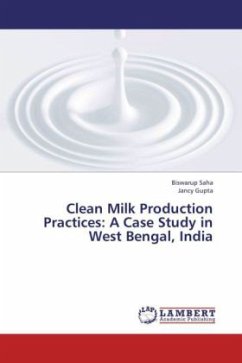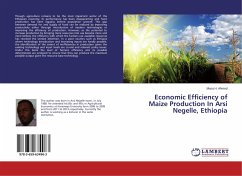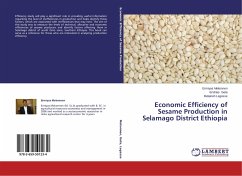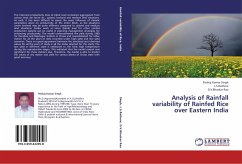With 112.5 million tonnes of production in 2009-10 India stands number one in milk production. Irrespective of the spectacular developments accomplished in dairying at national perspective, the fruits of success did not percolate down across regions and states. The productivity is quiet low in eastern part of the nation and low efficiency among farmers is one of the main reasons behind this. An attempt thus has been made here to find the economic efficiency of various categories of milch animals and the different types of practices the households follow to manage them to produce milk in eastern region of the nation. Study found that though technical efficiency among the farmers is sufficiently high but allocative efficiency was sufficiently low among farmers. Factors like herd size, ratio of variable cost to total cost, farm income are found to be the affecting factors behind efficiency.








